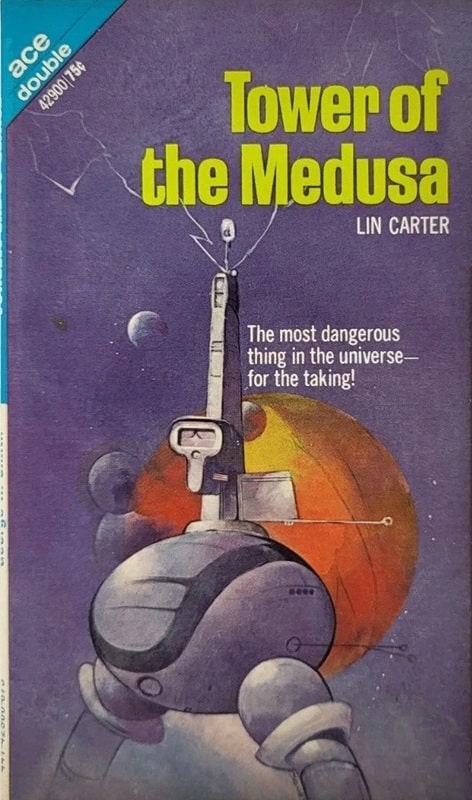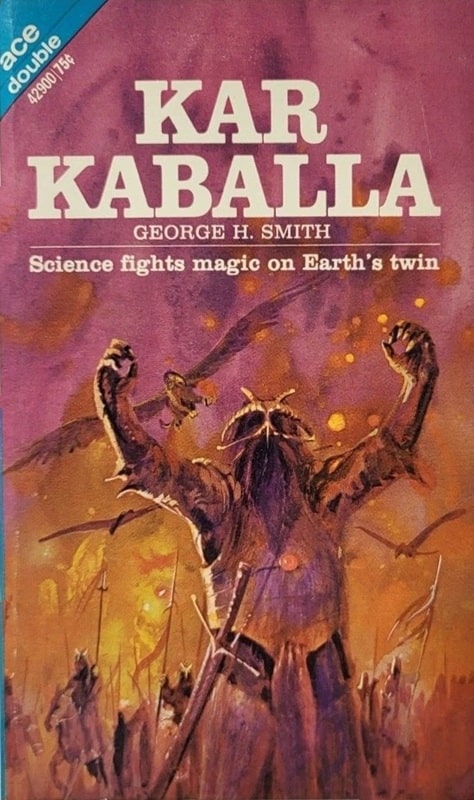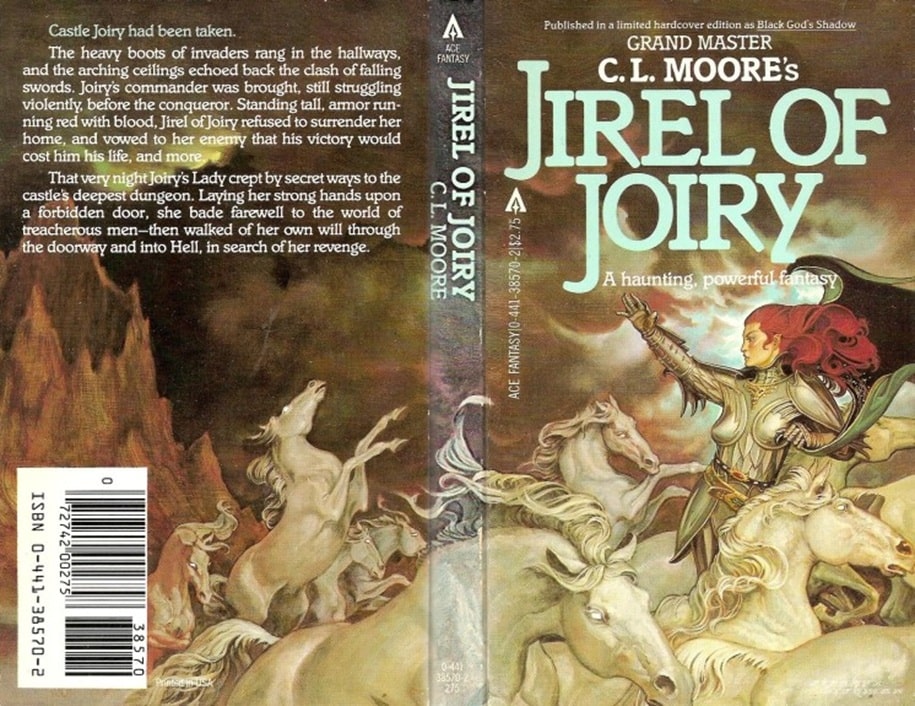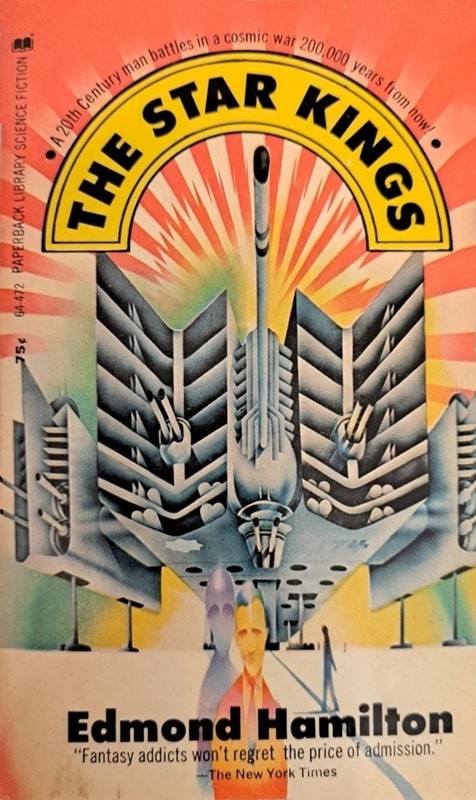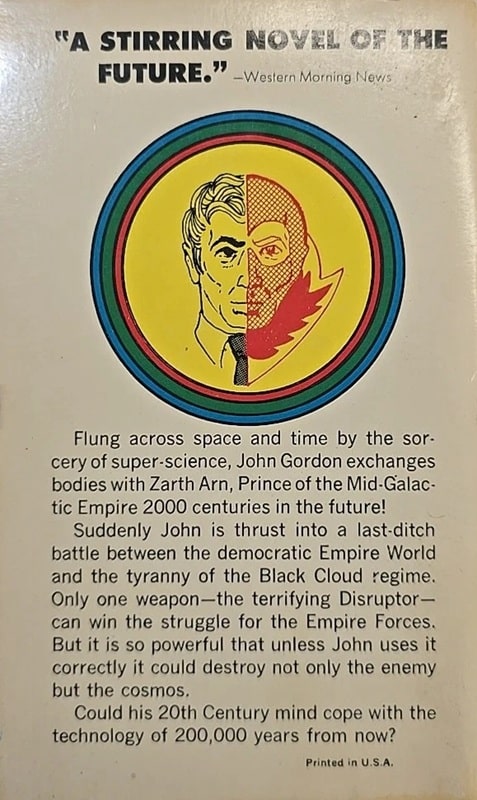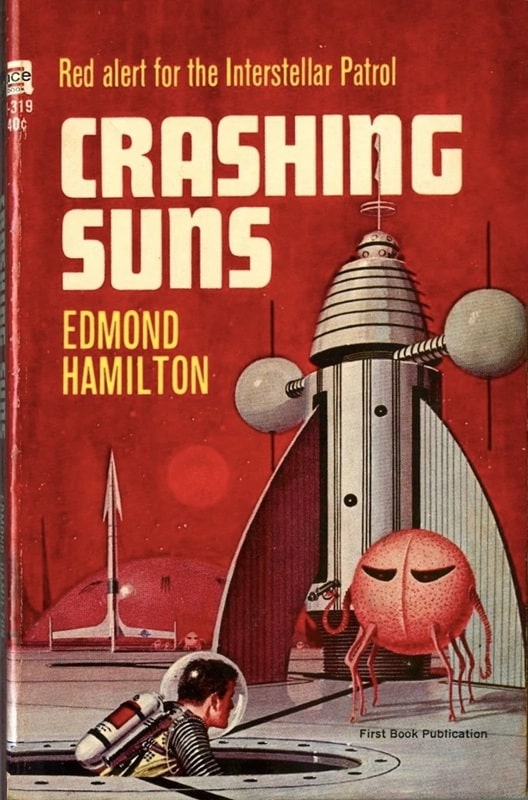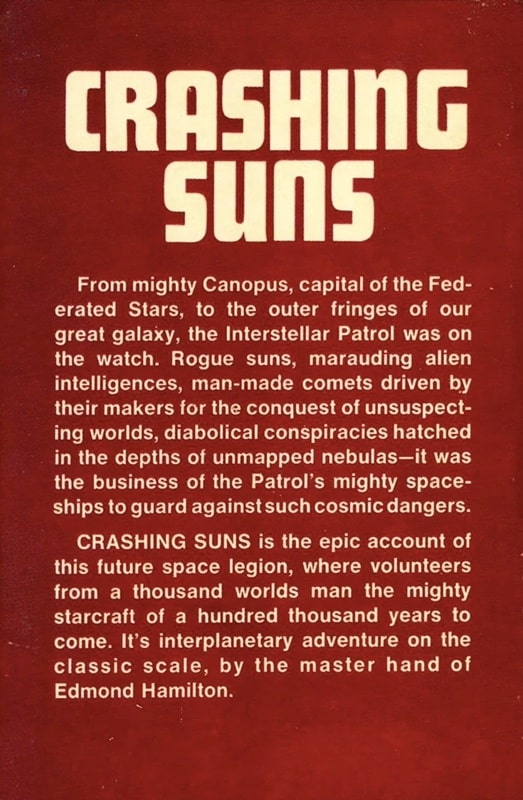The Sword & Planet of Jack Vance: Planet of Adventure
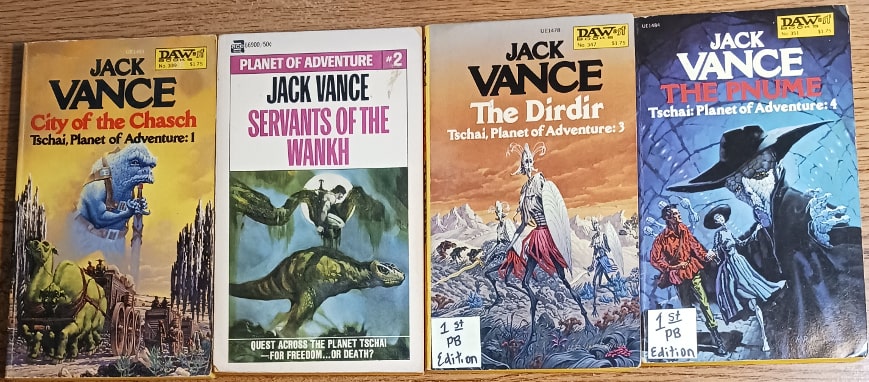
Today, we come back from our excursion into the realm of Space Opera to our home territory of Sword & Planet fiction. One of the most unique S&P series I’ve ever encountered is the four-book series by Jack Vance (1916 – 2013) generally called the Planet of Adventure series. The stories take place on a planet called Tschai, and feature an earthman named Adam Reith.
In a future in which Earth has starships, a distress signal comes from Tschai, which orbits the “dim and aging” star Carina. An Earth ship is sent to investigate and is destroyed in orbit by a missile from the planet. Adam Reith and a companion escape on a scout ship and manage to make a hard landing. The companion is soon killed by the natives and Reith is left alone. The books chronicle his efforts to survive and return to Earth.


